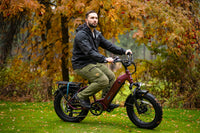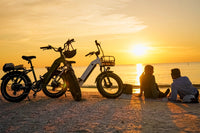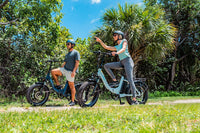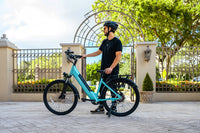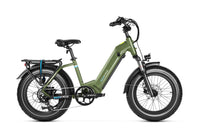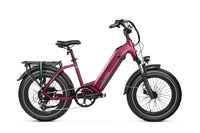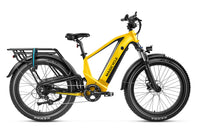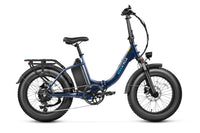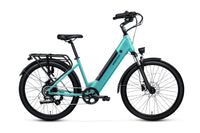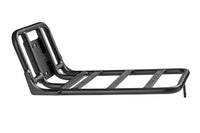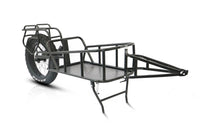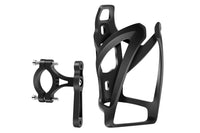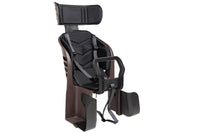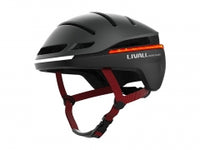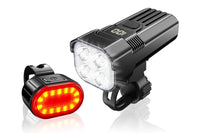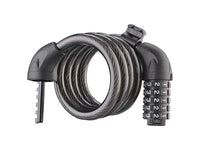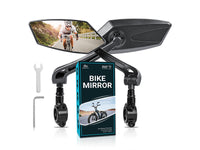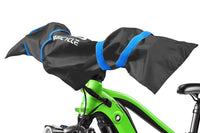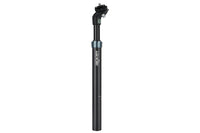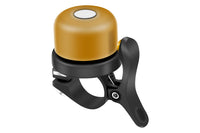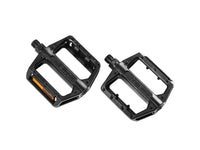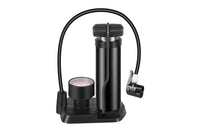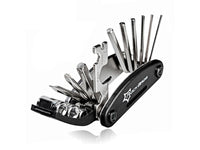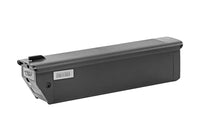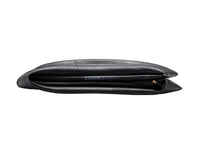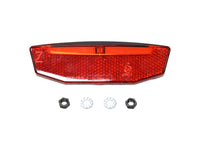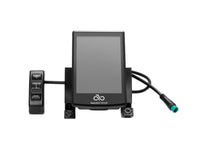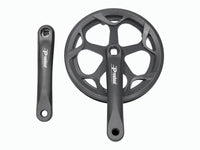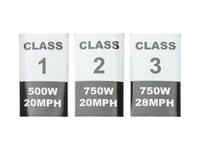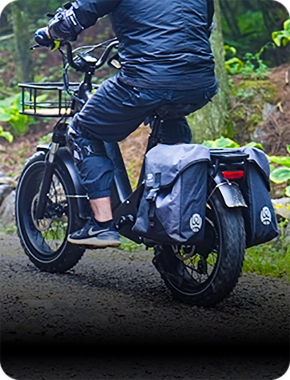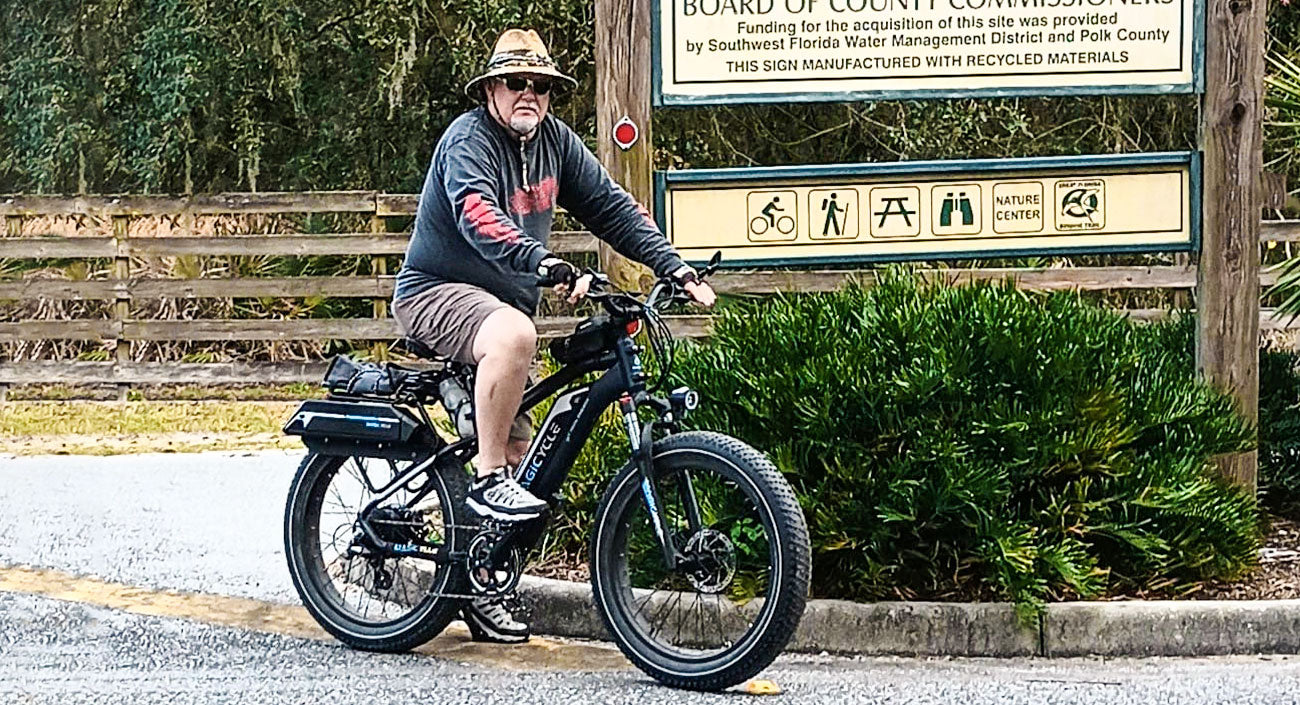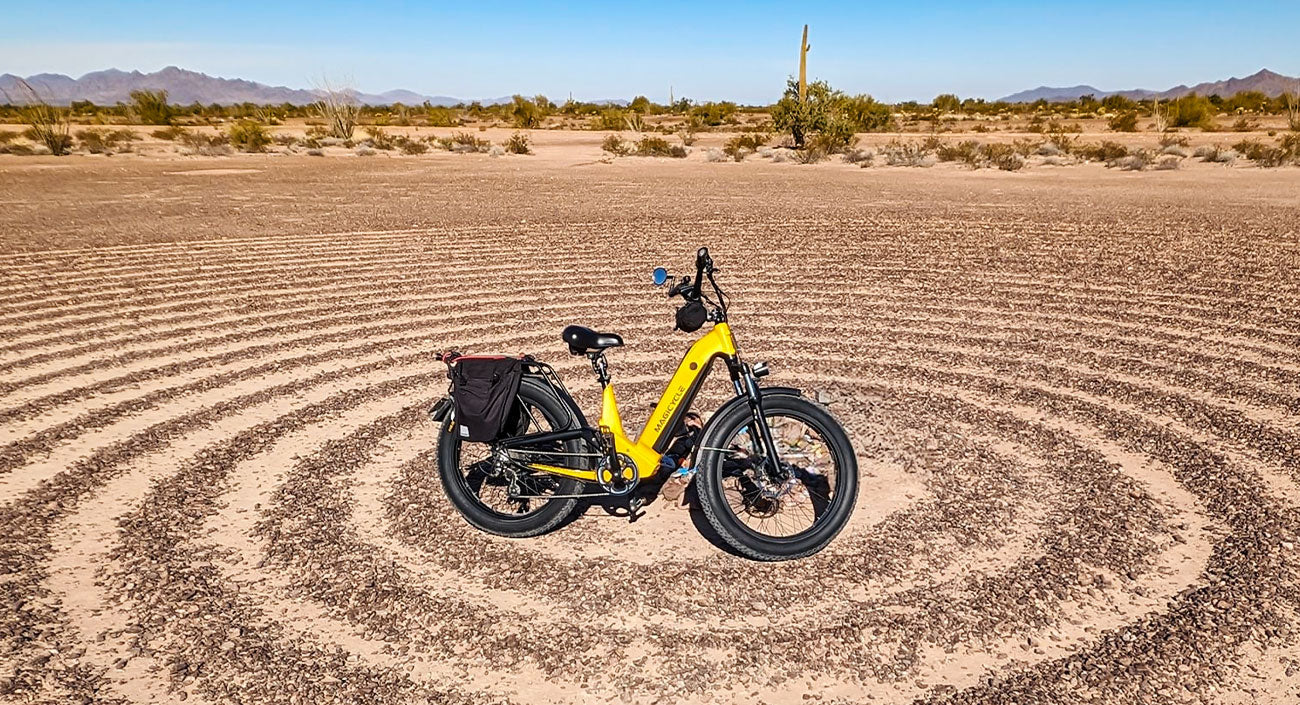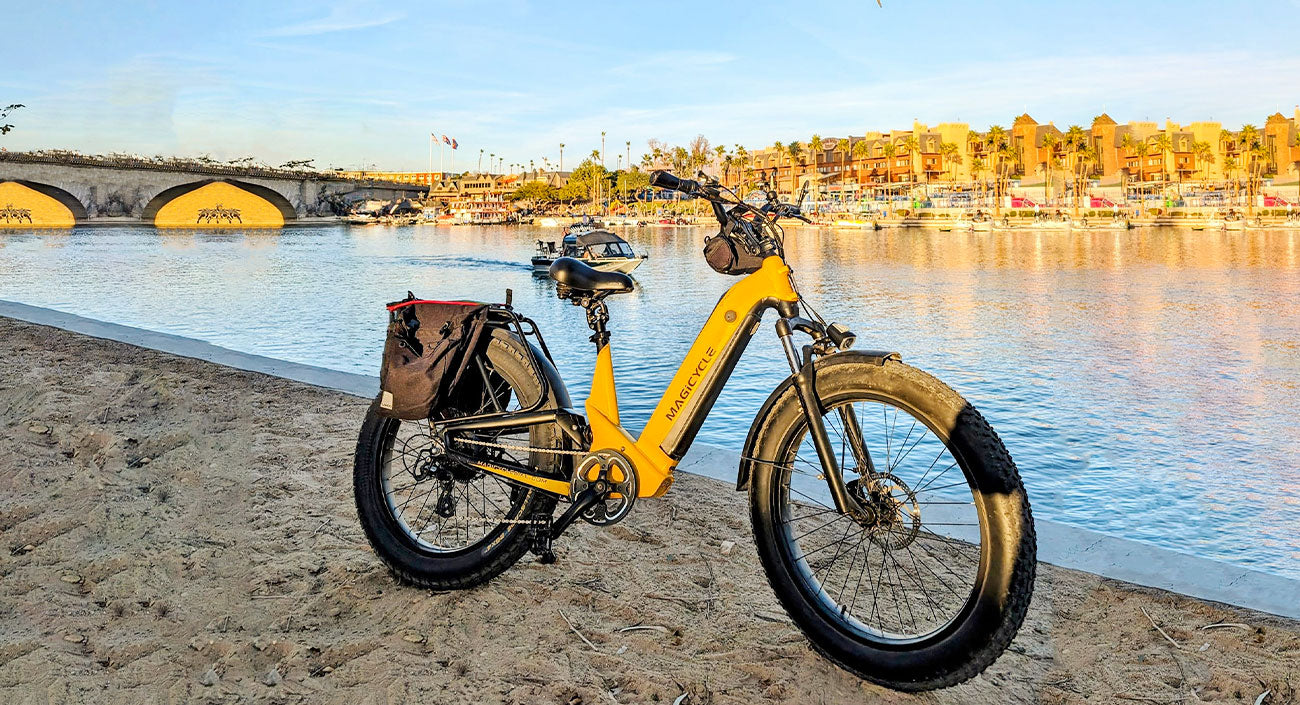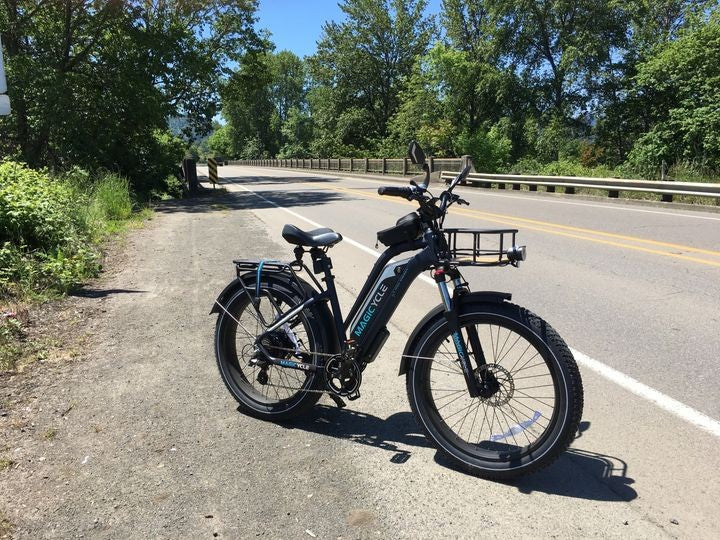 June 30,2023
June 30,2023
 June 30,2023
June 30,2023
As e-transportations become more energetic, less energy consumption and most importantly, cost-effective, electric bikes and e-scooters have become the applicable substitutes for traditional transportation methods like bus, metro, etc. Electric scooters and ebikes have become progressively crucial as they not only decrease noise and pollution, but they also reduce the addiction to oil and also scale down carbon emissions. As the Covid-19 epidemic continues, electric bikes and scooters are gradually switching from sports and competitive products to daily commute vehicles. Public transports do not always get youfrom one point to your final destination, making stops at principal locations instead. An electric scooter or an ebike does not suffer from this problem and you have full control of your travel.
What are electric bikes or ebikes?

Electric bikes or ebikes are like regular bikes, with pedals and handlebars, powered by an electric motor that assists the vehicle's propulsion. Since e-bikes have a very low emission rate, ebikes are an excellent personal transport for getting around town without worrying about carbon emissions. They have a simple design that closely resembles the look of a traditional bike, but with the addition of a high-efficiency electric motor and lithium-ion battery. Generally speaking, ebikes refer to a variety of electrically-assisted bikes that generate enough power and speed to be ridden safely on the highway, similar to gasoline-powered motorcycles. Electric bikes are very similar to your regular bike, at least in terms of rideability, but they offer a relaxing, emission-free ride. Like Magicycle electric bikes for adults, they can easily go up to 28mph, much faster than you can ride a regular bike.
What are e-scooters?

Like other electric vehicles, electric scooters are plug-in electric vehicles with a motor attached to the frame. They are your everyday's two-wheeled scooters with electric motors that provide power to your scooter when the rider pedals. They differ from conventional non-motorized scooters because they have an extra part, the battery, and electronics, especially the electric motor. They are intended to provide periodic movement support and generally have a wide turning radius. They are so practical and slight that they can safely bring you from point A to point B without worrying about horrible traffic. Like other electric vehicles, electric scooters are powered by rechargeable lithium or lead batteries. They are conducted by the flexible tiller of the T-shaped steering column - they can be tilted forward or backward and locked in any needed position. Electric scooters come in various types, from small light to heavy duty and daily commuter scooters.
As electric bikes and e-scooters have so many aspects in common, so, what are the differences between them exactly? And which one is better?
Convenience
On the aspect of convenience, indeed e-scooters are much smaller and more lightweight compared to ebikes. A classic e-scooter weighs no more than 40 pounds, and anything under 50 pounds is regarded as light in the e-bike world. Electric bikes, on the other hand, are power-assist bikes with pedals and handlebars, and a heavier frame and tires that only add weight. Also, some e-scooters can be folded up and put in a suitcase, with batteries small enough to take on an airplane.
On this side, e-scooters won the 1st round. However, is that all? Please keep reading.
Speed
Electric bikes are normally designated into Class 1, Class 2 and Class 3. Even though both ebikes and e-scooters come with pedal-assist function, which gives you a breakthrough on tough terrains through pedaling, ebikes can be much faster than e-scooters for obvious reasons. But, in some countries, e-bikes are heavily regulated which limit their speed in the range of 20 to 28mph. Some advanced ebikes can reach up to 30mph or more. Electric scooters are comparatively slower than e-bikes.
Range
Most e-bikes have an ordinary range between 40 to 100 miles on a single charge but that depends on various elements such as rider weight, battery capacity, average speed, road condition, etc. With high-powered ebikes, you can simply expect the battery to last easily up to 100 miles before it needs to be juiced up. You can stretch even more if you turn up the settings. Electric scooters, on the other hand, do not have that much riding range and can offer a maximum range of 30 miles on a single charge, depending on the battery size.
Exercise
Not only can an ebike satisfy your daily commute needs, but it can also be an effective exercise equipment. They give you excellent help from time to time, and the throttle can be used as a moped, which is a great option for taking you through a serious workout. Even research shows that people who ride ebikes tend to exercise more frequently than people who ride normal bikes. If you get exhausted after a long ride, you can always turn on pedal assist. E-scooters for exercise? Walking or running could be a better idea.
Besides these, electric bikes have more advantages than e-scooters. For example, you can ride an electric bike with an empty battery but an e-scooters without power is only a burden. Furthermore, electric bikes have larger wheels and the rides are more comfortable as you are not able to sit on an e-scooter.
Anyway, it is undeniable that both ebikes and e-scooters are good choices in such circumstances. And, anyone who can buy an e-scooter can also afford an ebike, and if you can afford it, you get the best of both worlds. Or, if you are not interested in purchasing both of them, or individuals with a lower physical condition as well as people who commute daily to work, traveling longer with less effort is an offer that they cannot refuse.
Magicycle 52V Most Powerful Fat Tire Electric Bike Only $1,589! Limited Offer. Don't miss it! Free Shipping!


















































